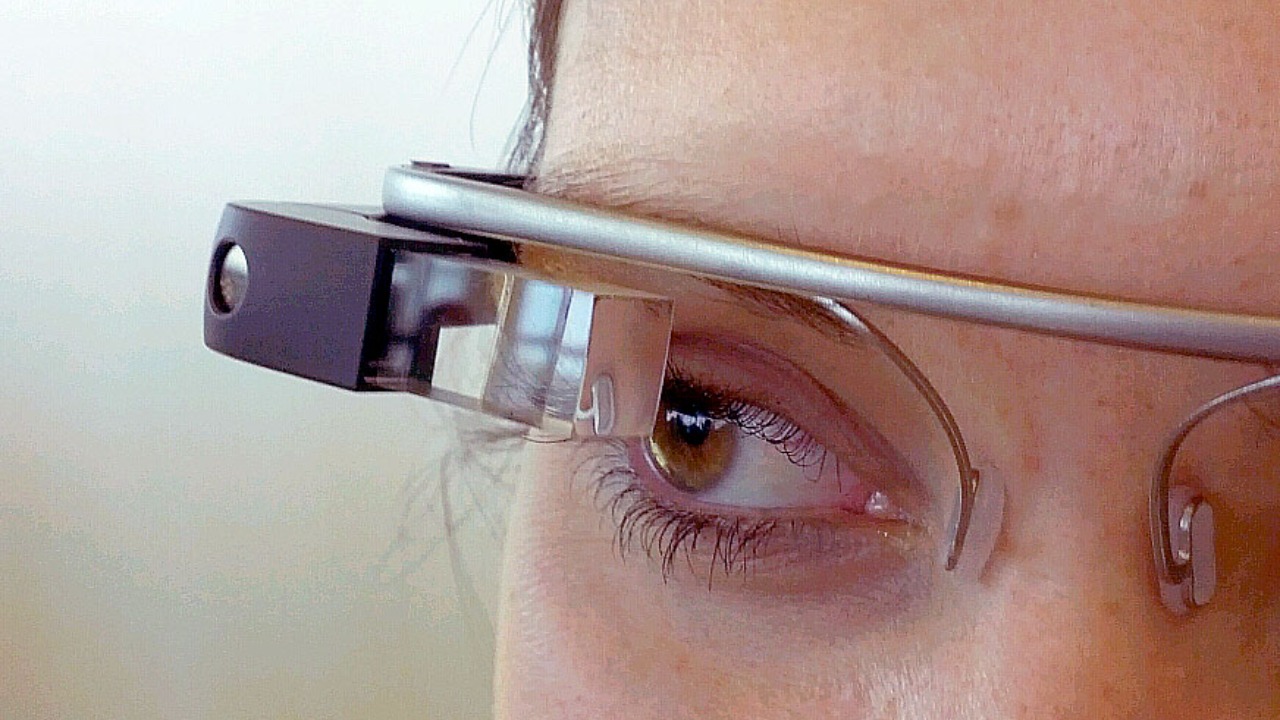
Creating a piece of technology that will revolutionize the world is every engineer’s dream. But not all inventions hit the mark, and sometimes, they can even turn into regrettable nightmares. Here’s a list of nine gadgets that engineers probably wish they’d never brought into existence.
The Sinclair C5: A Futuristic Failure
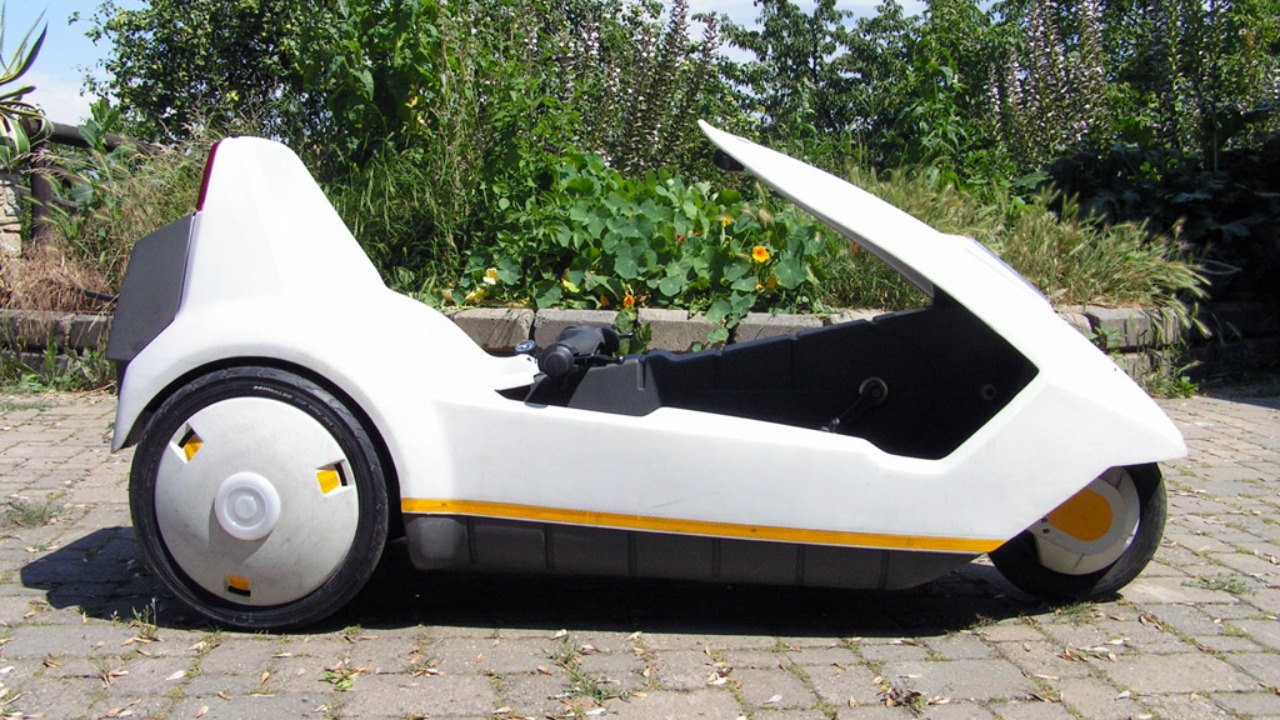
Debuting in 1985, the Sinclair C5 was hyped as the transport of the future. It was a one-person, battery-powered tricycle designed to revolutionize personal transportation. However, its slow speed, low riding position, and lack of weather protection made it impractical for daily use. Its commercial failure resulted in financial losses and public mockery, making it a prime example of a gadget that engineers would rather forget.
The Google Glass: Overhyped and Underdelivered
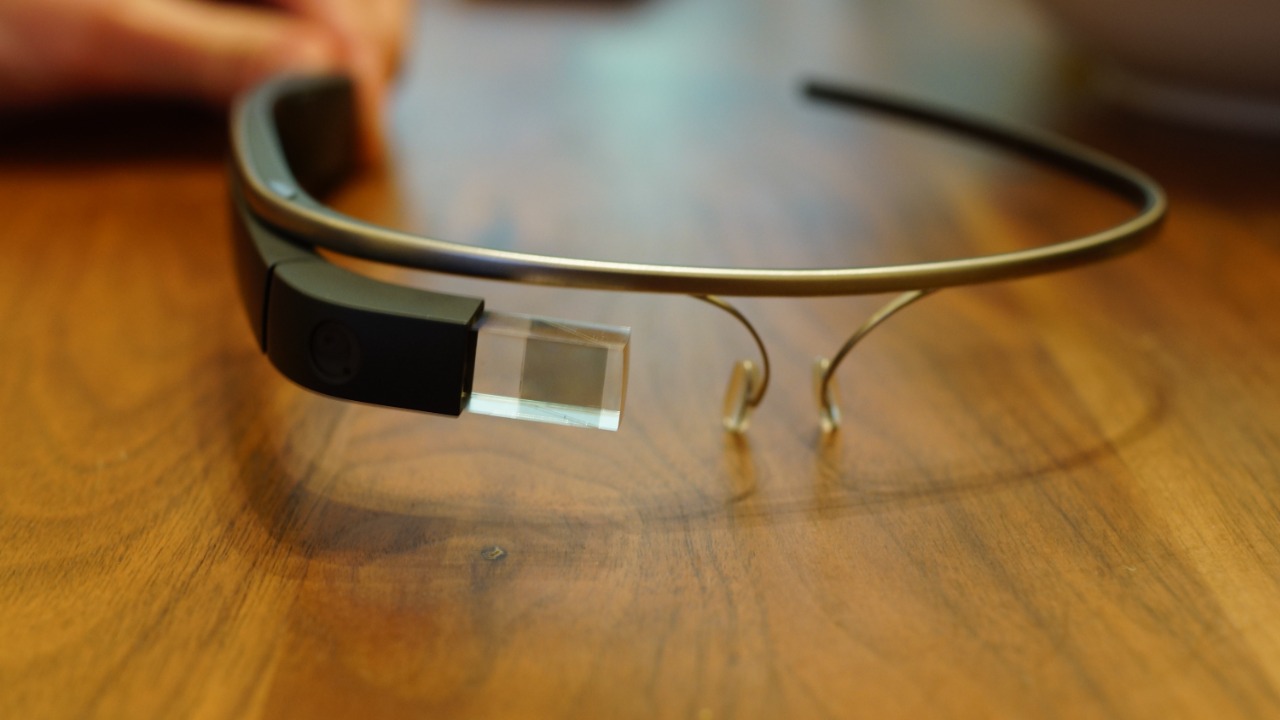
When Google announced the Google Glass in 2013, it was hailed as the next big thing in wearable technology. However, it never caught on due to privacy concerns, high cost, and lack of practical use. The product was discontinued in 2015, making it one of Google’s most high-profile failures.
The Segway: A Revolution That Never Happened
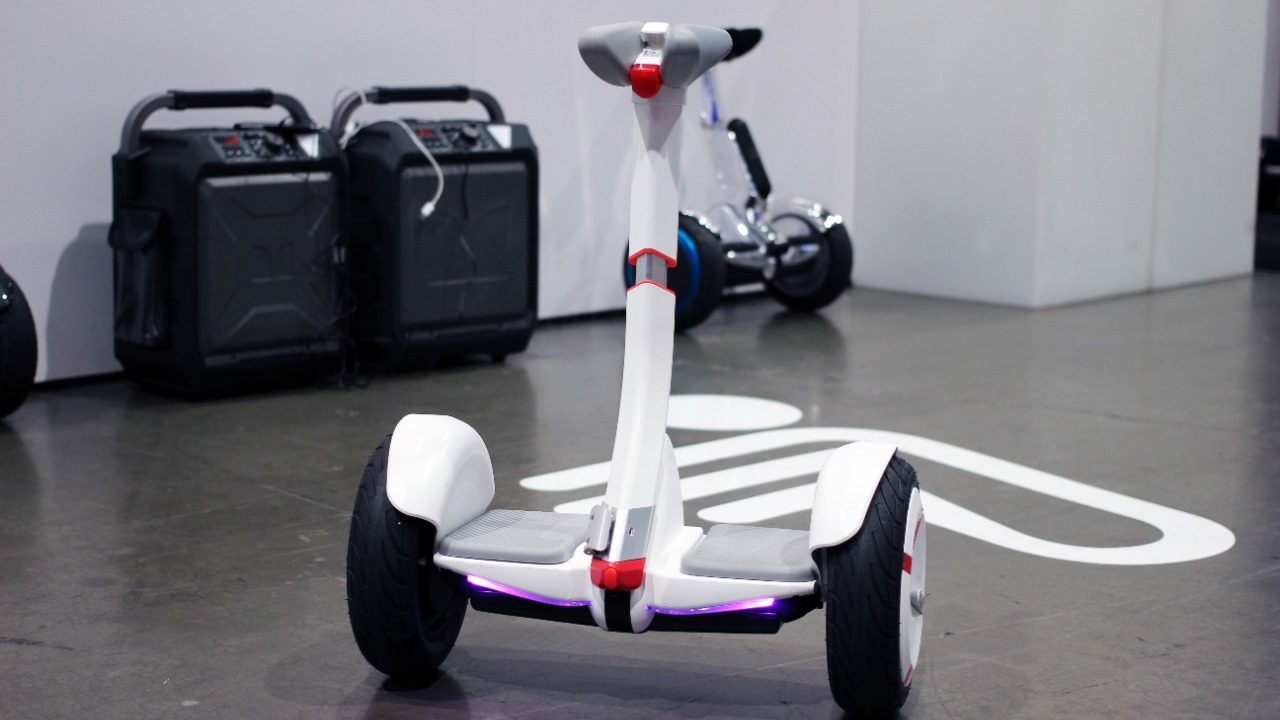
The Segway was supposed to revolutionize personal transportation when it launched in 2001. But its high price and the fact that it was banned in many city sidewalks due to safety concerns, led to disappointing sales. The Segway became more of a novelty item than the transportation revolution it was intended to be.
The Microsoft Zune: An Unsuccessful Attempt at Dethroning the iPod
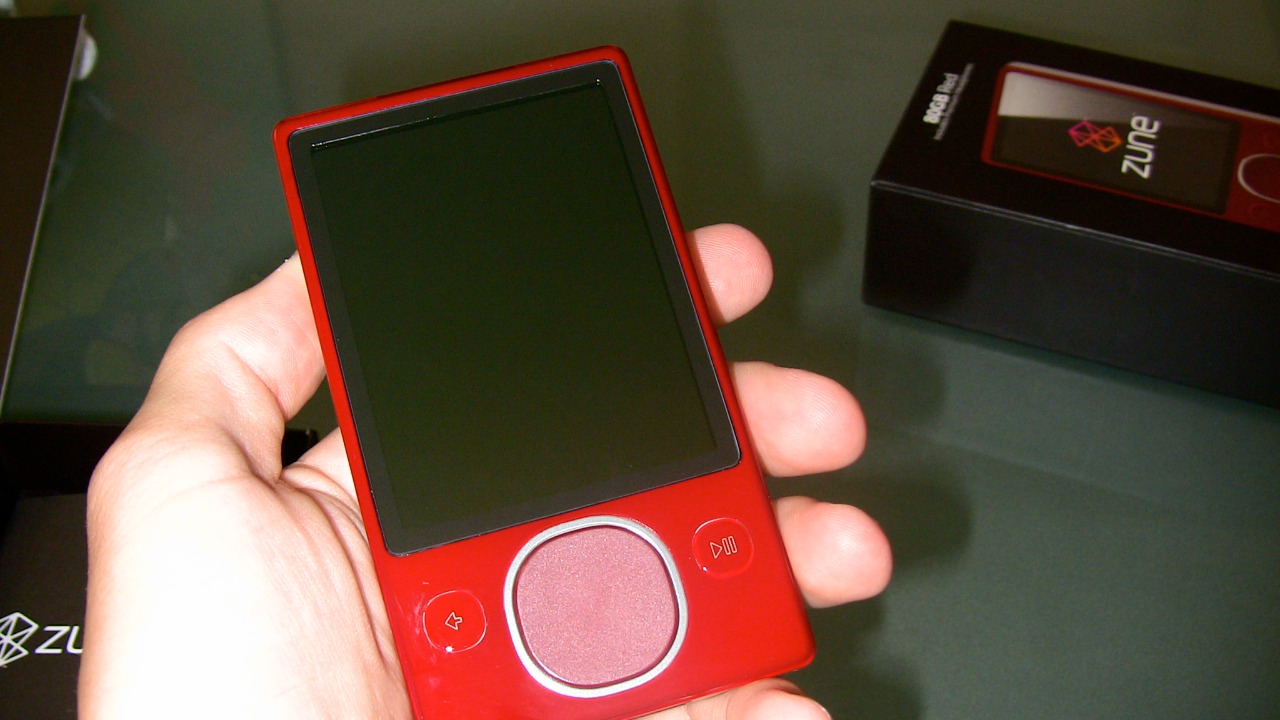
Microsoft’s Zune was designed to compete with Apple’s iPod. But despite its innovative features like the ability to share music wirelessly, it failed to make a significant dent in the iPod’s market share. It was discontinued in 2011, marking a regrettable chapter in Microsoft’s hardware history.
The Hoverboard: Explosive Failures and Safety Concerns
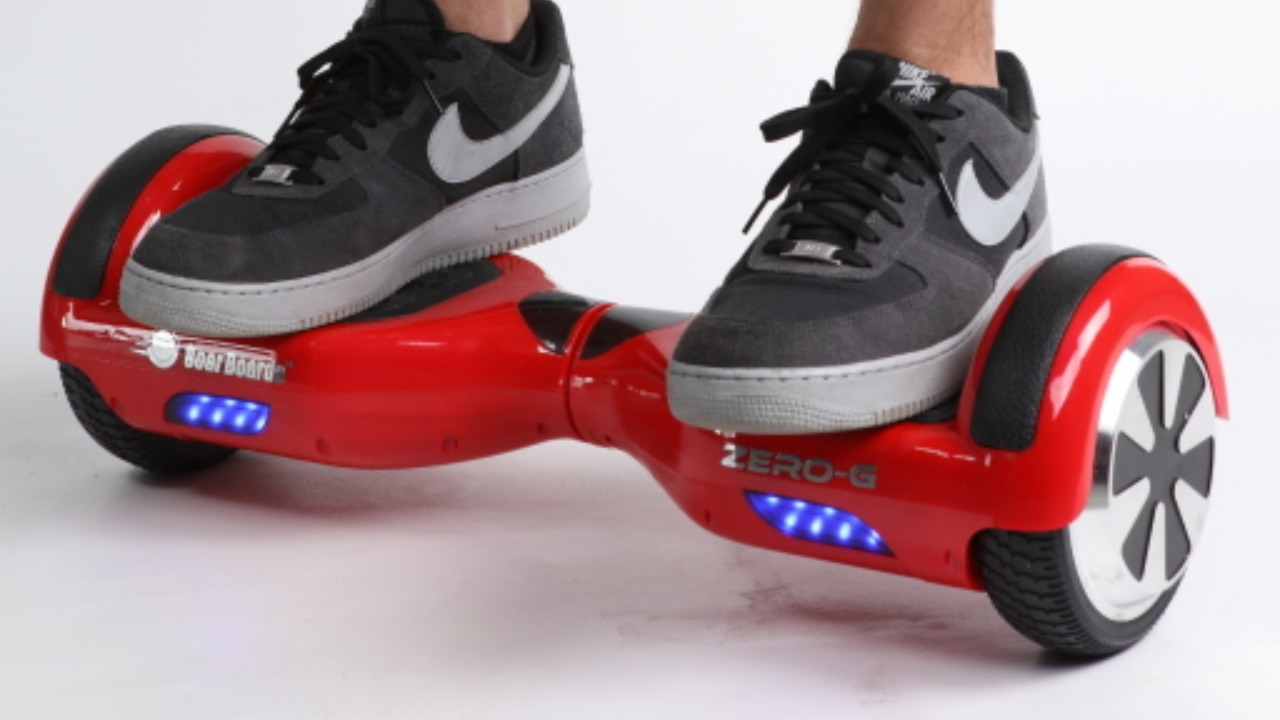
The hoverboard, a two-wheeled, self-balancing personal transporter, became a popular holiday gift in 2015. However, reports of units catching fire due to faulty batteries led to widespread safety concerns and product recalls. These incidents tarnished the reputation of the hoverboard industry and made it a gadget engineers wish they hadn’t created.
The Juicero: Overengineered and Overpriced

The Juicero was a Wi-Fi connected juicer that used proprietary, pre-packaged fruit and vegetable packs. It was heavily criticized for its high price and for being unnecessarily complex. The company folded in 2017, making the Juicero a prime example of Silicon Valley excess and a gadget that engineers likely regret building.
LaserDisc: The Oversized Predecessor of DVDs

LaserDisc was the first commercial optical disc storage medium and was supposed to be the successor to the VHS. However, its high cost, cumbersome size, and lack of recording capability led to it being overshadowed by the later DVD. Despite its initial promise, LaserDisc is now a forgotten piece of technology history.
The Samsung Galaxy Note 7: A Burning Disaster
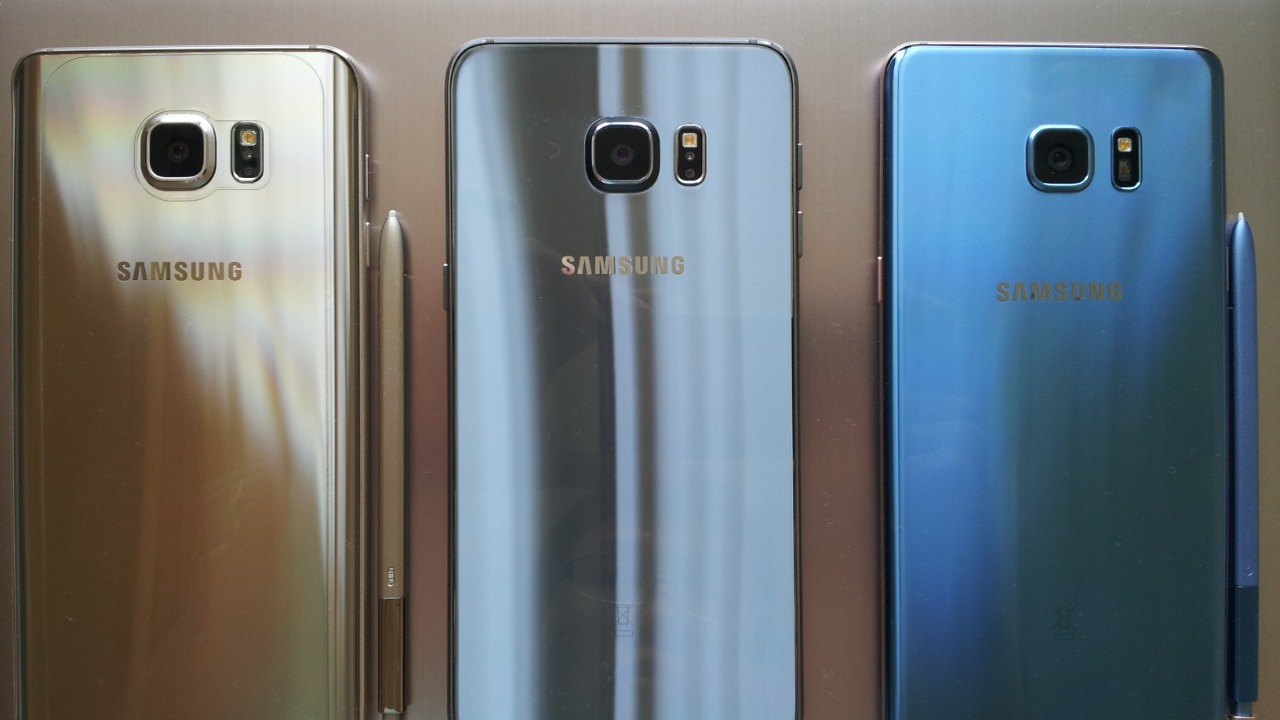
The Samsung Galaxy Note 7 was a promising smartphone that turned into a disaster due to battery issues that caused the devices to catch fire. The widespread reports of exploding phones led to a global recall and cost Samsung billions of dollars. It’s a perfect example of a gadget that engineers undoubtedly regretted creating.
The CueCat: The Barcode Reader No One Needed
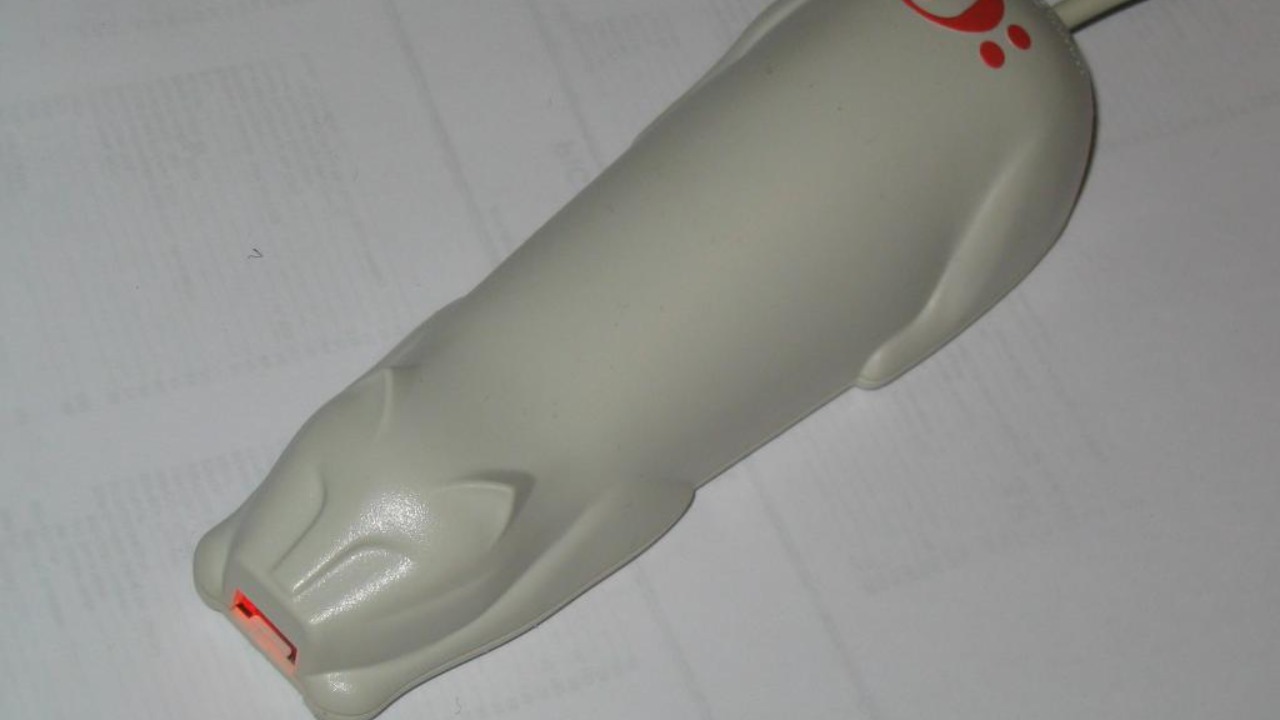
The CueCat was a cat-shaped barcode reader that was supposed to link physical products to the digital world. Unfortunately, the CueCat was a commercial failure. Critics called it one of the “worst gadgets of all time”, and users found it unnecessary. It’s a stark reminder that not all technological innovations are destined for success.
These are just a few examples of the many gadgets that engineers regret ever building. They serve as a reminder that innovation is a risky business, and even the most well-intentioned designs can sometimes lead to unexpected results. For more insights on the world of engineering, check out this book and this Reddit thread.